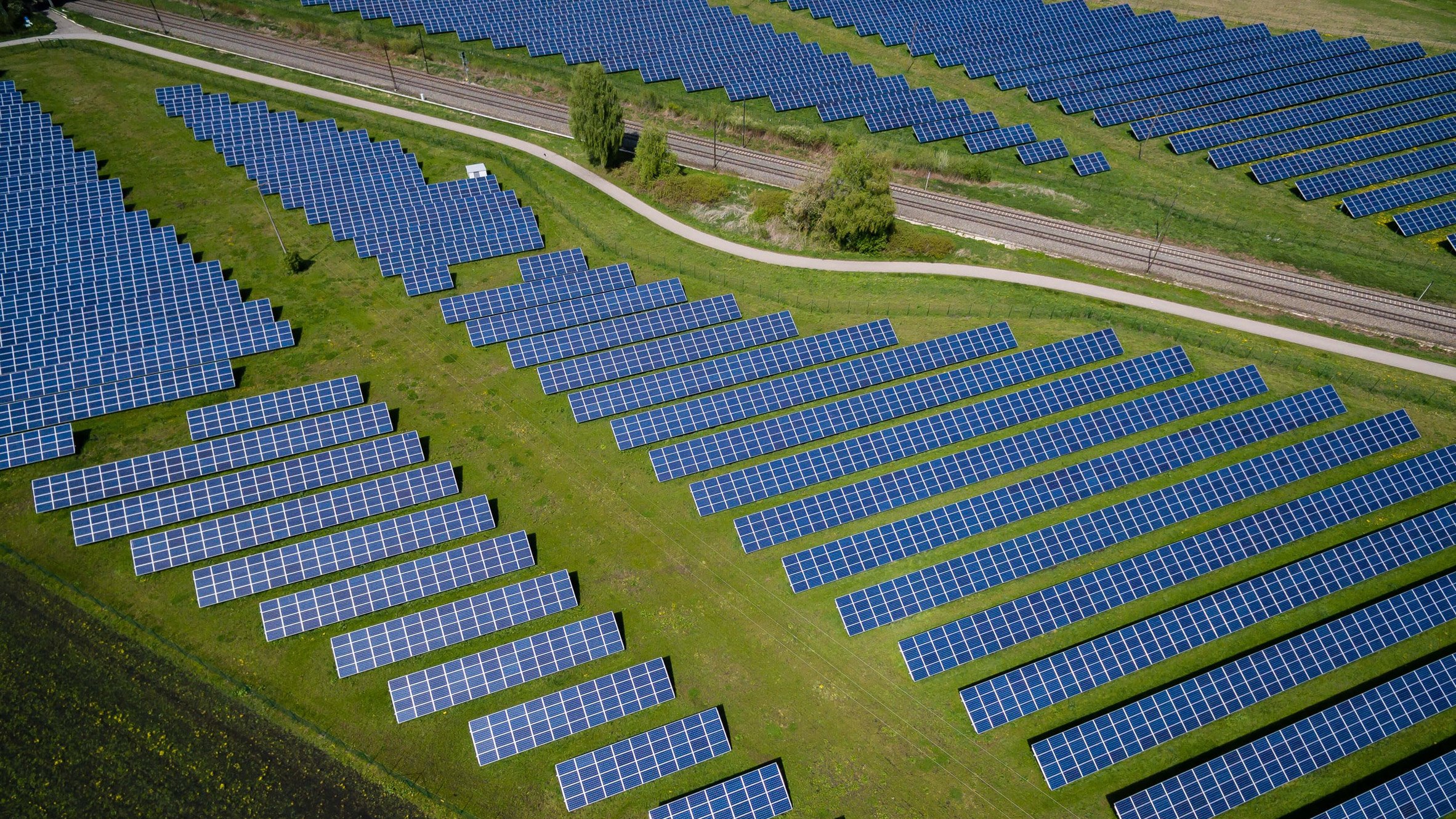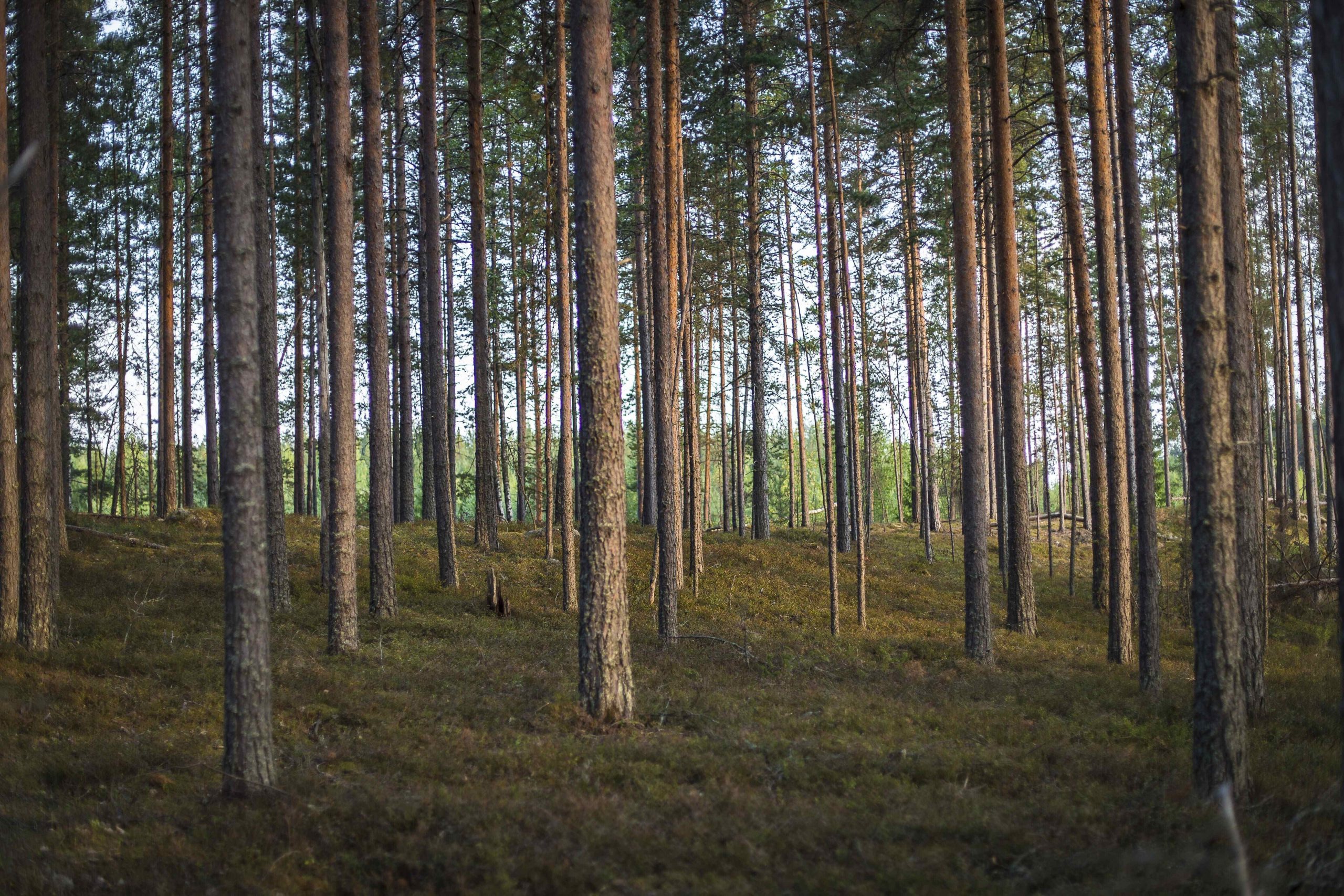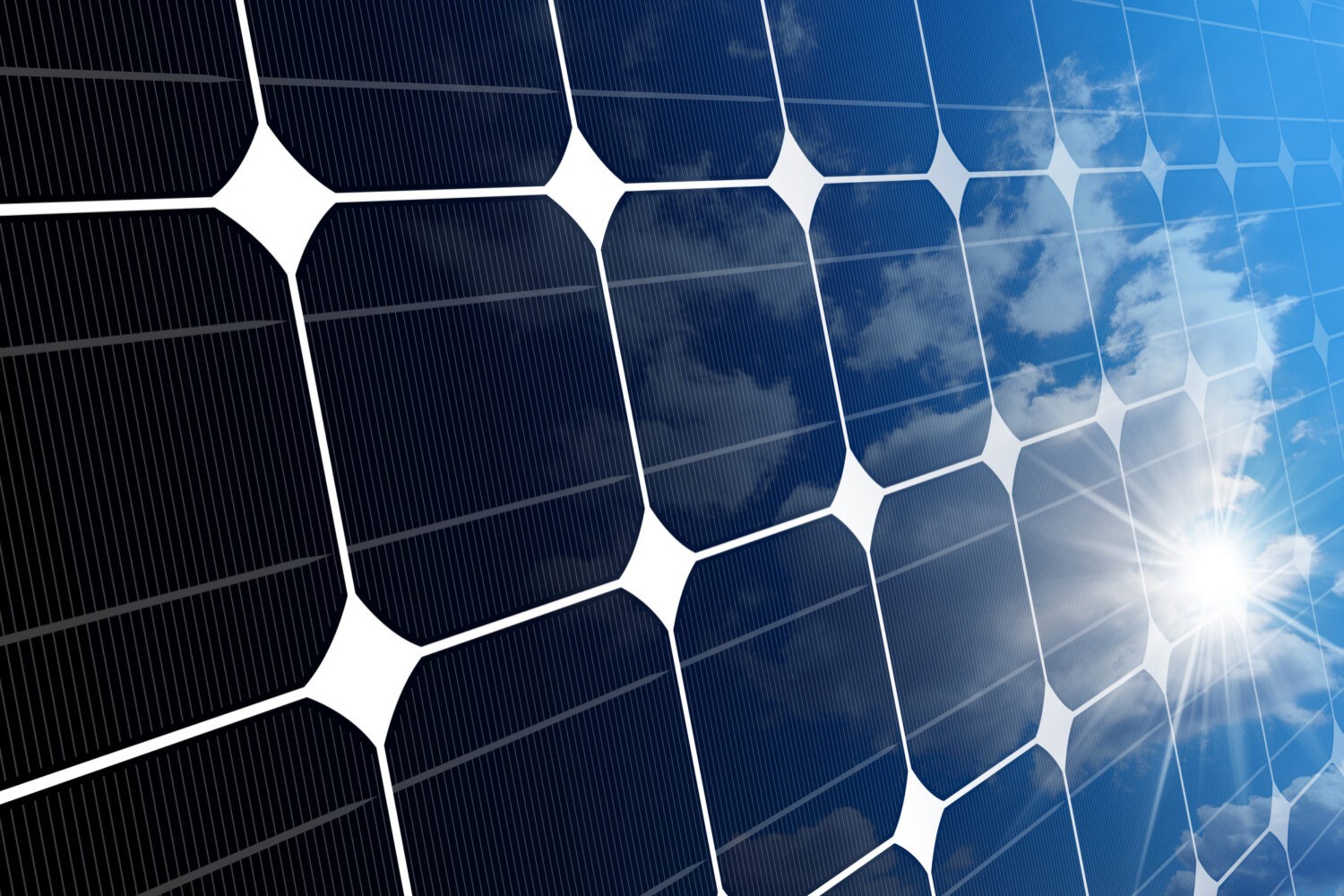
War and fight against climate change
The sudden push to reduce Europe’s dependence on Russian gas and oil could accelerate clean energy investments. But the need to ensure energy supply must be taken into account
Russia’s invasion of Ukraine has triggered a number of geopolitical and energy changes in a little over a month. As we have already reported, several countries that have been dependent for long time on gas supplies from Russia, which is one of the largest fossil fuel exporters, are now looking for alternatives to meet energy needs.
Global energy systems have been progressively facing a transition to renewable sources for decades. This goal must come with the necessity of ensuring energy security.

Source: Unsplash
Therefore, the diffusion and diversification of resources need to be accelerated, by wisely mixing investments in solar, on/off shore wind and hydrogen. It has been explained by IEA 10-point plan, which proposes a series of immediate actions that could be taken to reduce EU reliance on Russian gas by next winter.
While the plan focuses partly on decarbonization through greater renewable uptake, it also demands greater gas diversification — and proposes temporarily delaying the shutdown of five nuclear reactors in Europe.
To better understand what direction the situation might take, we can start from the new EU energy strategy, released on March 8th. It doubles energy efficiency, wind and solar energy, more ambitiously than the current plan does, and it includes cuts on Russian oil.
However, most of the gas will be simply replaced by another one, through African pipelines and liquified natural gas (LNG) shipping from countries such as US. Therefore, UE is not quitting gas, it is just changing where it comes from.
Different countries that have been dependent for long time on gas supplies from Russia, one of the largest fossil fuel exporters, are now looking for alternatives to meet energy needs.
The discrepancy between theory and practise can be also noticed in Germany where German Finance Minister Christian Lindner, of the neoliberal FDP, has called renewables “freedom energies,” while Chancellor Olaf Scholz has labelled them “crucial for our security”. Yet, at the moment, Germany is reliant on Russia for both oil and at least 50% of its gas. The percentage was higher but Russia has been reducing its piped gas supplies to Europe since last year, noted the International Energy Agency in a recent report.
In response, the Stand with Ukraine coalition, comprising hundreds of organizations worldwide including environmental groups Greenpeace and 350.org, has called for a ban on Russian energy imports. The release of a damning IPCC climate report gave further incentive to bring forward the clean energy transition.

Solar panels in Ukraine | Source: Dezeen
According to Anne-Sophie Corbeau, Global Research scholar at Centre on Global Energy Policy, the focus will be on decarbonization technologies such as carbon and hydrogen capture and storage, and their scalability. A possible limit could be EU shortage of resources, due to COVID-19 emergency and the increase of energy prices. A possible scenario comes from UK with the Advanced Research & Invention Agency, that will be funded by an initial £800 million until 2024, and will begin in May.
Adair Turner, Chair of the Energy Transitions Commission, a global coalition of major power and industrial companies, claims that new energy storage solutions will be crucial. One of the problems with renewables, such as solar and wind energy, is their dependency on climate change, so they can’t always ensure constant energy supply.
The diffusion and diversification of resources need to be accelerated, by wisely mixing investments in solar, on/off shore wind and hydrogen.
An efficient decarbonization must consider energy security. Large-scale diffusion of green energy is essential, but it needs time, a transitional phase where fossil fuel is still used (less than now) at least on short-medium term, with more investments in emissions mitigation, as CO2 capture and storage.
April 11th 2022

